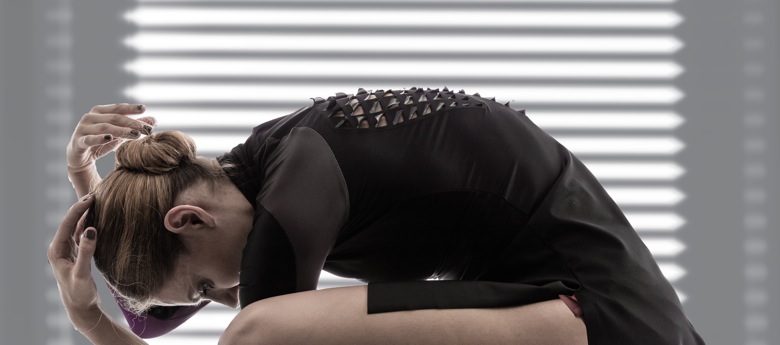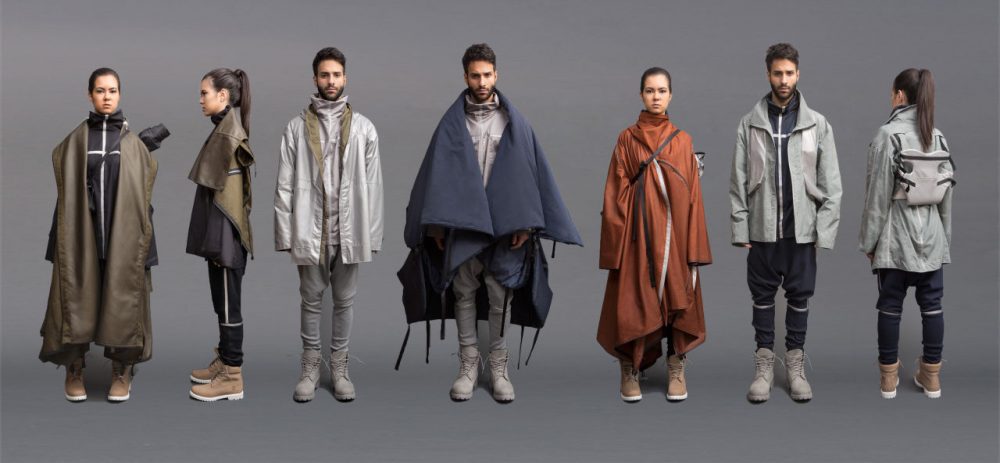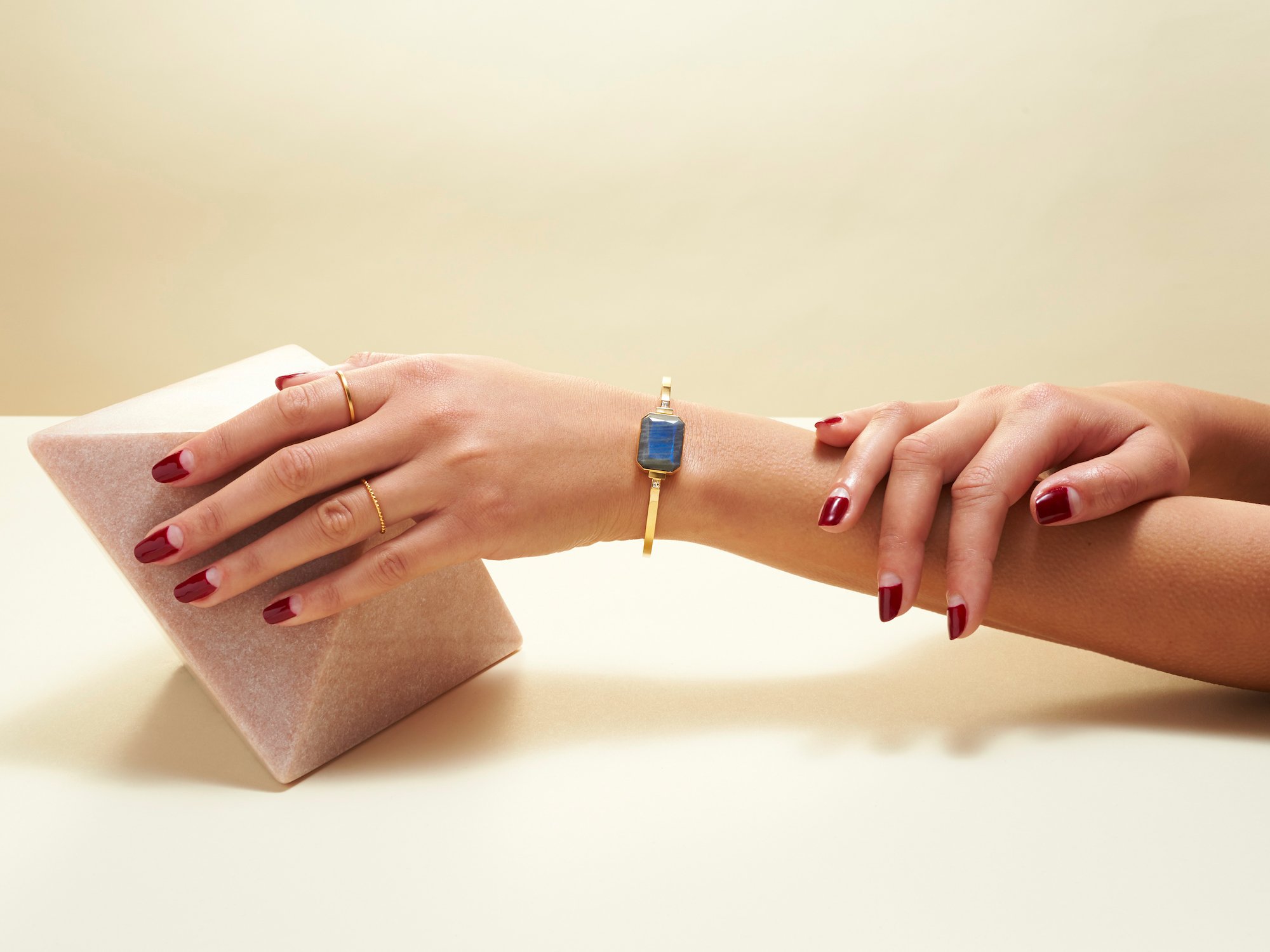Designing for the Future : Trends We Need to Consider Now
Can you design a dress, car, or interior to future-proof it?
Certainly yes, to an extent. Future proofing is definitely something to consider when initiating a new project. Any design blossoms from creativity. Hopefully that’s innovative in itself. But, to be successful (and profitable) long term, the design must be timeless. Timelessness in style is one aspect. Functionality is another. Due to this, designers are inevitably creating a product for an increasingly more conscious and knowledgeable consumer. This means, the design must fulfill a need. Furthermore, it has to provide an answer to an unasked question. Additionally, it has to have a solution for a social, economic, or environmental issue, while also anticipating the problems we’ll face globally going forward. It’s an extensive task.
Can design do all this?
Of course, look back at innovation in design historically and what made it successful.
There are many artists who are pioneering across a lengthening list of industries. To stay with the theme of my blog I am going to take examples from fashion:
Article 22
A jewelry company that takes the unexploded bombs in Laos and melts the metal into fine wearable pieces.
bioLogic
Researchers from MIT have taken cells and introduced them into athletic clothing for more breathable and comfortable wear.
Angela Luna
A student from Parson’s New School created wearable tents for Syrian refugees.
Ringly
A company that creates rings and bracelets to be used as a fitness tracker and meditation guide from an app.
Iris Van Herpen
A Dutch fashion designer incorporates technology and sustainability into her intricate works.
Proven by the examples above, we know designing for the future means designing sustainably, ethically, and locally. This includes, integrating technology, and multi-functionality. To do this, the designer must be open to incorporating new ideas, restructuring, experimenting, and cross collaborating industries (such as science and art). Consequently, for their design to sustain long term they must design consciously, and add something beautiful aesthetics. They must also provide preventative action for foreseeable future dilemmas. Therefore, in our fast paced lives, over-populated world (and one of excess), it’s no longer enough to create just to create. We must create to advance.
What does designing for the future mean to you? I’d love to hear your thoughts! Please comment below!
“This blog post is a part of Design Blogger Competition organized by CGTrader”






